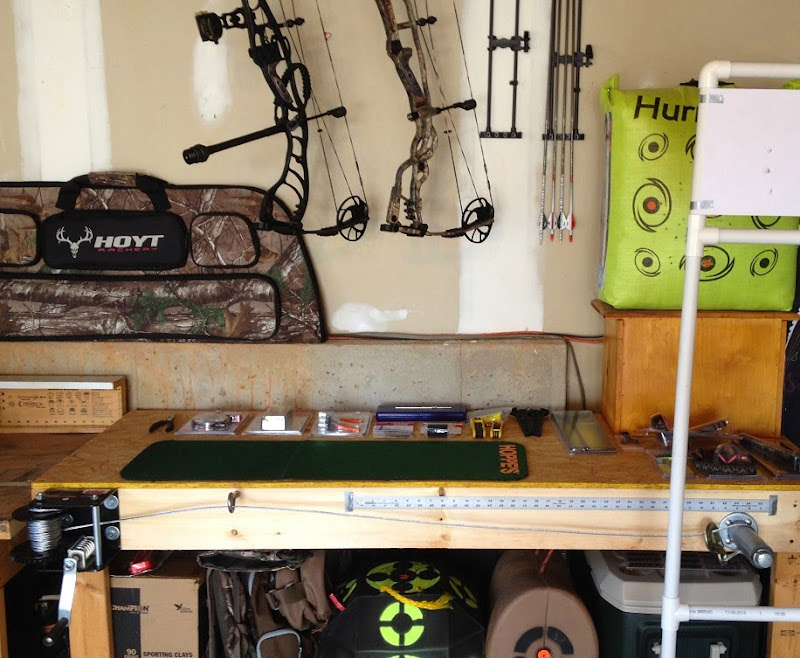Hey guys, I recently bought a new bow which has never been set up or tuned. Typically, I would have given Kris87 a call, and found out when I could drop it off with him. I've always felt like bow setup and tuning was something best left for the experts to do (I still kinda feel that way). However, this DIY Archery forum got me to thinking. The text under the forum title says, '...Learn how to set up and tune your archery gear yourself!'. For me, nothing beats the feeling of DIY. Worse case, I have to make a trip to the ER, buy another bow, and then take it to Kris, right?
Everyone's probably seen the two threads documenting the setup and tuning of JT's bow last off-season (if not, see Part 1 and Part 2), and those were a great help to me as I was researching how to do this myself. I'll be primarily following the steps documented in those threads. However, since I've never done this before, I know there are a lot of blanks that need to be filled in along the way. I'm planning on taking my time, and will probably ask a lot of 'dumb' questions.
Therefore, I thought it'd be helpful to start a thread chronicling this process from start to finish from the perspective of someone doing it for the first time. That way I could have a place to keep track of everything. Perhaps, there are others out there who are looking to do the same thing, but have never tried it. I'm hoping all of us can get the answers and help needed from our resident experts here.
Plus, it's been kinda slow over here in the DIY Archery forum.
Everyone's probably seen the two threads documenting the setup and tuning of JT's bow last off-season (if not, see Part 1 and Part 2), and those were a great help to me as I was researching how to do this myself. I'll be primarily following the steps documented in those threads. However, since I've never done this before, I know there are a lot of blanks that need to be filled in along the way. I'm planning on taking my time, and will probably ask a lot of 'dumb' questions.
Therefore, I thought it'd be helpful to start a thread chronicling this process from start to finish from the perspective of someone doing it for the first time. That way I could have a place to keep track of everything. Perhaps, there are others out there who are looking to do the same thing, but have never tried it. I'm hoping all of us can get the answers and help needed from our resident experts here.
Plus, it's been kinda slow over here in the DIY Archery forum.



 ). I wasn't sure where to mount the rest fowards/backwards, so I looked at my Faktor. I noticed it was mounted all the way forward, so I did the same on this bow. I did not touch the vertical adjustment yet. However...
). I wasn't sure where to mount the rest fowards/backwards, so I looked at my Faktor. I noticed it was mounted all the way forward, so I did the same on this bow. I did not touch the vertical adjustment yet. However...